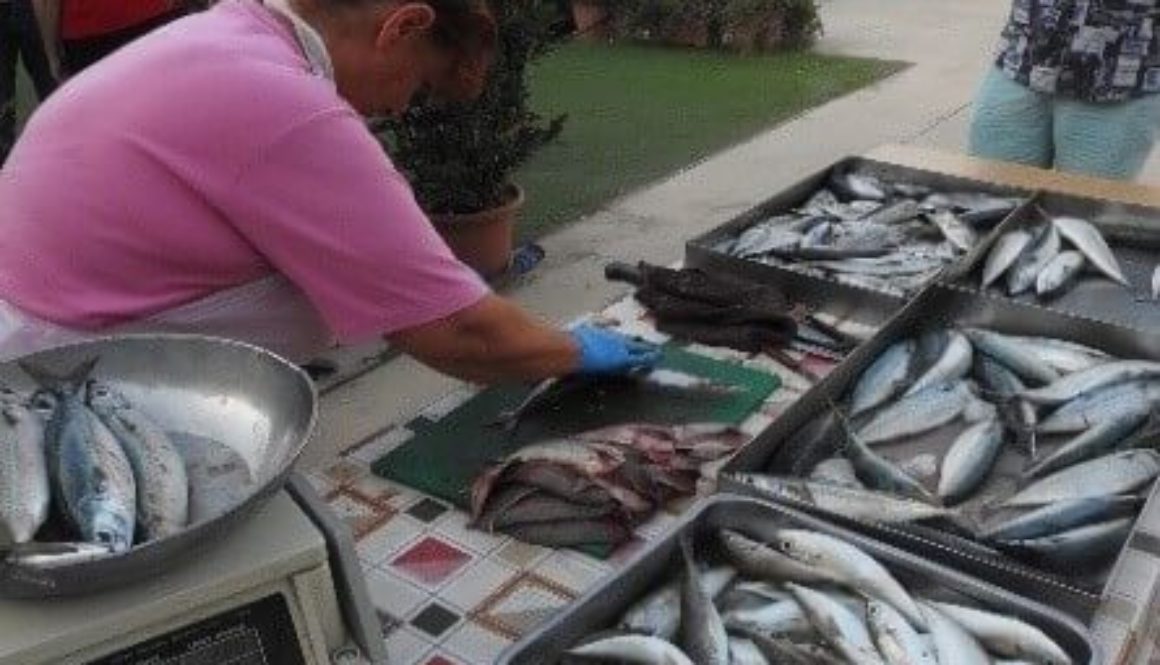Veşti de pe punte – Iunie 2018
 Iunie 2018
Iunie 2018
Descarcă buletinul informativ
Sign up!
Sign up to receive 'News from the Deck' newsletter in your preferred language on a monthly basis.

 Iunie 2018
Iunie 2018
Sign up to receive 'News from the Deck' newsletter in your preferred language on a monthly basis.
 Junho 2018
Junho 2018
Sign up to receive 'News from the Deck' newsletter in your preferred language on a monthly basis.

 Czerwiec 2018
Czerwiec 2018
Sign up to receive 'News from the Deck' newsletter in your preferred language on a monthly basis.

 Lipanj 2018
Lipanj 2018
Sign up to receive 'News from the Deck' newsletter in your preferred language on a monthly basis.

 Ιούνιος 2018
Ιούνιος 2018
Sign up to receive 'News from the Deck' newsletter in your preferred language on a monthly basis.

 Junio 2018
Junio 2018
Sign up to receive 'News from the Deck' newsletter in your preferred language on a monthly basis.

 Giugno 2018
Giugno 2018Sign up to receive 'News from the Deck' newsletter in your preferred language on a monthly basis.

 June 2018
June 2018
Sign up to receive 'News from the Deck' newsletter in your preferred language on a monthly basis.

 Juin 2018
Juin 2018
Sign up to receive 'News from the Deck' newsletter in your preferred language on a monthly basis.
 June 2018
June 2018
Sign up to receive 'News from the Deck' newsletter in your preferred language on a monthly basis.